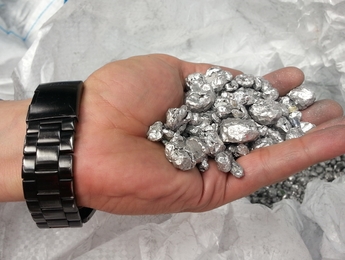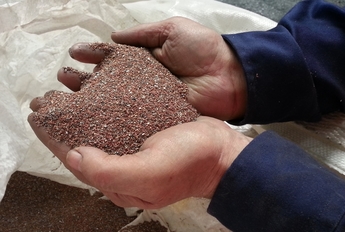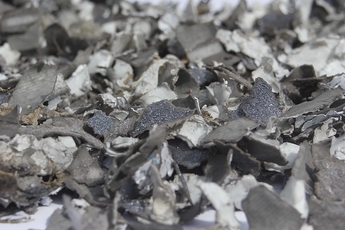The European WEEE (Waste Electrical and Electronic Equipment) Directive regulates the correct recycling of electronic and electrical waste in all member states of the European Union (EU).
For end-customers it is a free of charge disposal system, financed by the manufacturers and importers, where modules can be brought to a local recycling depot, or in the case of larger numbers, be picked up from site, as is the case with other electrical equipment, e.g., refrigerators or televisions.
The extensive process steps for proper disposal are strictly regulated by the authorities and place no further obligations on the owner of the modules. For more information about the recycling of this product, please contact your local recycling authority or recycling center.
In order to make a quality and long-lasting product, all the individual components of a solar panel need to be permanently bonded to each other. When it comes to recycling however, this conflicts with the recycling industry’s desire for ease of disassembly. For an in-depth look at why recycling a panel is important and how it can be done, read our whitepaper.
REC’s cooperation with our recycling partners has however shown that practically each component of our solar panels can be completely recycled. An REC solar panel primarily consists of the following components:

An ultra pure and low-iron solar glass is used by REC. During recycling, it is ground down to a fine powder and processed into foam glass for use in the construction industry.
(See Image 1)

The frame, as well as the corner pieces which hold it together, are made exclusively from aluminum. 100% of this metal is recovered after the shredding process by means of electromagnetic and mechanical procedures and can then be directly re-utilised as raw aluminium in the metal industry. (See Image 2)
The cells consist of silicon, but as pure silicon is one of the most common elements on earth, it is not always worth recovering from solar cells.
The cables contain a copper conductor. Methods of recovering copper from cables are well known and have been used in the recycling industry for a long time. The latest methods and processes are used by our recycling partners.

REC uses copper ribbons with a lead-containing solder. REC’s recycling partners use the appropriate processes to recover the pure metals from each component. (See Image 3)

These materials are used for different components of the panel:
- The insulation of the copper wires is separated from the copper and added to the other plastics from the panel, such as:
- Embedding materials: REC uses EVA (Ethyl-vinyl acetate) – EVA is transparent and soft and not thermoplastic meaning it cannot be re-melted.
- Back sheet: This back sheet consists of several layers of various high quality plastics which cannot be separated from each other.
- Junction box: The junction box casing is made of thermoplastics filled with curing silicone, in order to safely insulate the diodes contained within. Separating the components is possible but not always economically feasible. This also applies to the casing of the diodes.
Therefore the plastic materials in REC panels are thermally recycled and not reused. (See Image 4)
REC panels do not contain toxic substances such as cadmium, except for the lead mentioned above which is used as part of the alloy for the solder.
The mechanical processing and conversion of the individual material components into high quality secondary raw materials leads to a clear reduction in CO2 emissions compared to the extraction of primary raw materials.
In summary, the recycling of REC panels follows state of the art processes and the separate recovered materials can be easily and safely returned to the industrial and economic cycles.